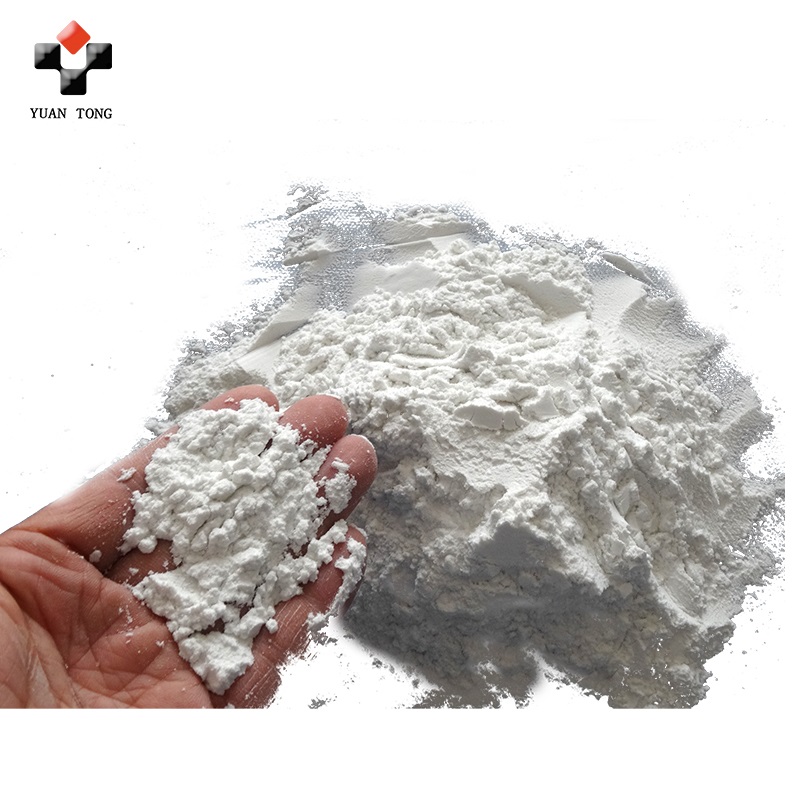The main component of diatomaceous earth as a carrier is SiO2. For example, the active component of the industrial vanadium catalyst is V2O5, the promoter is alkali metal sulfate, and the carrier is refined diatomaceous earth. Experiments show that SiO2 has a stabilizing effect on the active components, and it strengthens with the increase of K2O or Na2O content. The activity of the catalyst is also related to the dispersion pore structure of the carr
ier. After diatomite is treated with acid, the oxide impurity content is reduced, the SiO2 content is increased, and the specific surface area and pore volume are also increased. Therefore, the carrier effect of refined diatomite is better than that of natural diatomite.
Diatomaceous earth is generally formed by the remains of silicate after the death of single-celled algae collectively called diatoms, and its essence is water-containing amorphous SiO2. Diatoms can survive in fresh water and salt water. There are many kinds of diatoms. Generally, they can be divided into "central order" diatoms and "pinnacle order" diatoms. In each order, there are many "genus", which is quite complex.

The main component of natural diatomaceous earth is SiO2, high-quality ones are white, and the content of SiO2 often exceeds 70%. Monomer diatoms are colorless and transparent. The color of diatomaceous earth depends on clay minerals and organic matter. The composition of diatoms on different mineral sources is different.
Diatomaceous earth is a fossilized diatomaceous earth deposit formed after the death of a single-celled plant called diatom after an accumulation period of about 10,000 to 20,000 years. Diatoms are one of the first protists to appear on the earth, living in sea water or lake water. It is this diatom that provides oxygen to the earth through photosynthesis and promotes the birth of humans, animals and plants.
Post time: Apr-06-2021

